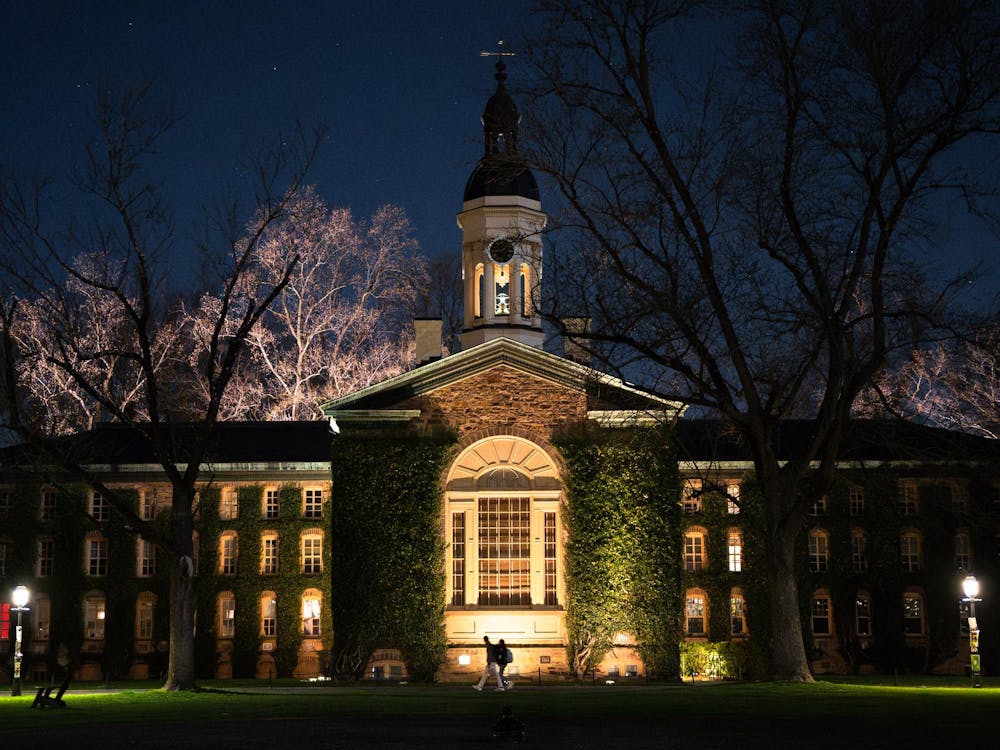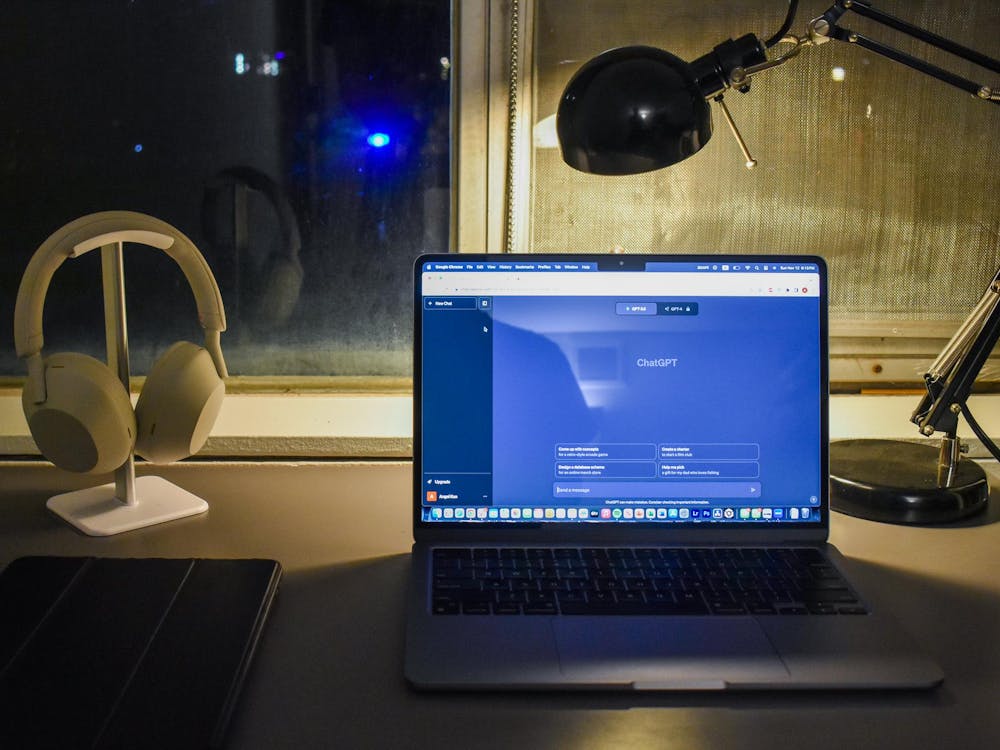With three echoing dings and one final announcement, Firestone Library officially closes at 2 a.m. from Sunday to Thursday. But during midterms and finals, as the horde of students reluctantly pack up their laptops and textbooks, I always hear the same anxious murmurs — friends and strangers alike debating where to go next and how to stay awake until their exam the next morning.
Some head back to their dorms, crossing their fingers that their roommates are either still awake or heavy sleepers. Others, such as myself, search for empty common rooms, which, despite their convenience, pale in comparison to the grandeur, community, and focus of Firestone. In those moments, the lack of a truly accessible, dedicated late-night study space feels impossible to ignore.
It’s clear that Princeton needs a 24/7 formal study space. As students push through long nights — especially during midterms and finals — the current options do not meet the demand. The University’s existing system leaves students scrambling after hours, without a reliable environment to focus or simply stay awake. For a school that prides itself on academic rigor, it’s a basic gap that deserves a real solution.
Princeton doesn’t suffer from a lack of study spaces. It suffers from a lack of access to them when it matters most. Most campus study spaces — including Lewis Library, the East Asian Library, and the Architecture Library — close at midnight or earlier. Chancellor Green shuts its doors as early as 10 p.m., and by 2 a.m., when Firestone finally empties out, students are left with nowhere to go but their dorm rooms or the occasional overcrowded common area.
I know this all too well. I live directly across from one of the busiest common lounges in Whitman College, and it’s almost never a viable place to study late at night. Sometimes people are watching movies; other times, it’s just full of noise and activity. Even when it’s unoccupied, it’s often messy — tables covered in crumbs or papers, furniture rearranged, lights too dim. And on some nights, it’s simply locked. When every formal study space is closed and the few alternatives are unpredictable or inaccessible, it’s not just inconvenient — it compounds the stress students are already carrying in those late-night, high-stakes hours.
Libraries aren’t just quiet — they’re psychologically restorative. A 2023 study found that library spaces can have the same calming, refocusing effects as natural environments. Thoughtful design, lighting, and layout help students concentrate and reset, especially in high-stress periods.
That matters. After 2 a.m, when everything else is closed, students need more than a chair and WiFi. They need structure, quiet, and a setting that supports focus. A clean, well-lit space that signals: This is a place to work — not to sleep, scroll, or give up.
And there’s academic evidence, too. A study at the University of Minnesota found that first-year students who used the library were more likely to stay enrolled from fall to spring — and had slightly higher GPAs than those who didn’t. Access to dedicated study environments goes beyond comfort. It supports student focus, well-being, and academic performance.
That’s what makes Princeton’s gap all the more surprising. Among Ivy League institutions, it stands alone in not offering a single formal study or work space open 24/7. Every one of its peer universities — including those with equally rigorous academic culture — has at least one space. Cornell has five. If students at similarly demanding schools are given that level of access and trust, it’s reasonable to expect the same here.
Of course, extending access to any official study space — whether in a library, classroom building, or another designated area — comes with logistical challenges. Staffing, maintenance, and security are valid concerns. But these are not insurmountable.
For example, late-night access could be managed through periodic walkthroughs by Public Safety and through student accountability. This wouldn’t require full-time staffing — just a minimal, sustainable system that signals trust in students and recognizes their varying academic schedules. Creating a consistent, reliable study space — even on a trial basis or only during exam periods — would provide structure and dignity for those working through the night without placing an undue burden on university resources.
The demand is already clear: Students are staying up late, doing their best with unpredictable and inadequate options. Other institutions have already made this commitment. Princeton shouldn’t be the exception. If students are trusted to meet the demands of a rigorous education, they should be trusted with the space to do so — no matter the hour.

Sid Singh is a first-year from Arlington, Va., majoring in Computer Science and minoring in Values and Public Life. He can be reached at ss5759[at]princeton.edu.








